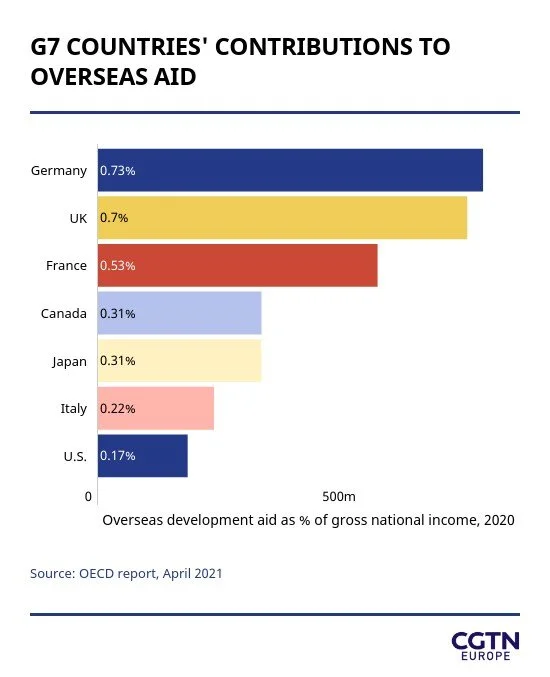UK government acts to stop wind farms disrupting defense surveillance
The increasing use of offshore wind farms is helping countries to protect the planet – but the UK government is worried that the ecological electricity generators could hamper the defense of British borders.
The towering turbines can interfere with monitoring technology sweeping for unauthorized aerial activity, with the rotary movement of their blades altering the reflections recorded by radar, and adding a 'Doppler shift' – similar to the audible decrease in pitch when a police car's siren passes by – which is not easily recognized and remedied by current systems.
As a result, the UK Government is staging a $5 million competition for companies to suggest ways to overcome the problem, with five or six contracts expected to be awarded in June.
The Wind Farm Mitigation For UK Air Defence competition is being run by the Defence and Security Accelerator and the Department for Business, Energy and Industrial Strategy – with the co-operation between the two vastly different governmental branches of defense and energy strategy illustrating the delicate balance at play.
Under the Offshore Wind Sector Deal, the UK government is committed to installing 40 gigawatts of offshore wind electricity generation capacity – expected to fulfil two-fifths of the UK's electricity needs – by 2030, supporting 60,000 jobs and $3.3 billion per annum of exports.
Among the projects boosting the UK's wind-power sector is the world's largest offshore wind farm, currently being built on Dogger Bank, a relatively shallow area of the North Sea running roughly west-east between northern England and Denmark.
The huge wind farm uses the world's most powerful turbines, General Electric's Haliade-X, each standing 260 meters tall with a rotor diameter of 220 meter; one rotation of these huge blades could power a UK home for two days.
However, the potential disruption of military surveillance is not a new concern: A 2008 study for the U.S. Department for Homeland Security warned that "wind farms interfere with the radar tracking of airplanes."
Now the UK government is appealing for help and ideas to update its tech. The competition is now in its second phase – participants need not have been involved in the first – and will run for two months until June 15, with funding expecting to be announced on June 21.
Originally publshed by CGTN Europe, 1 May 2021





